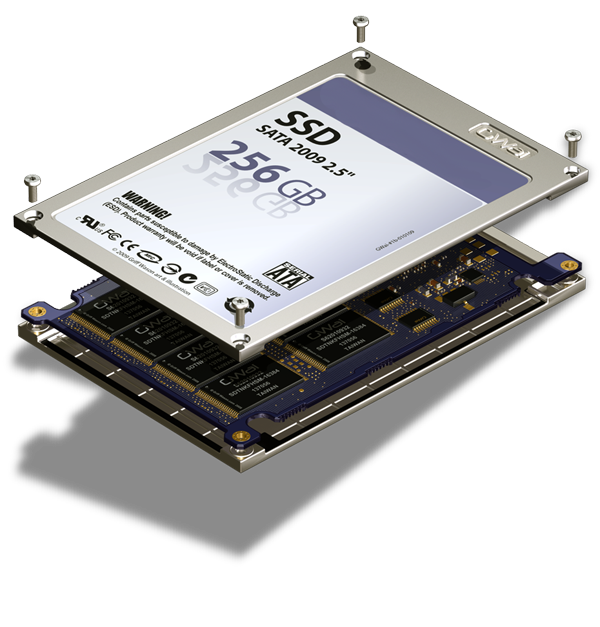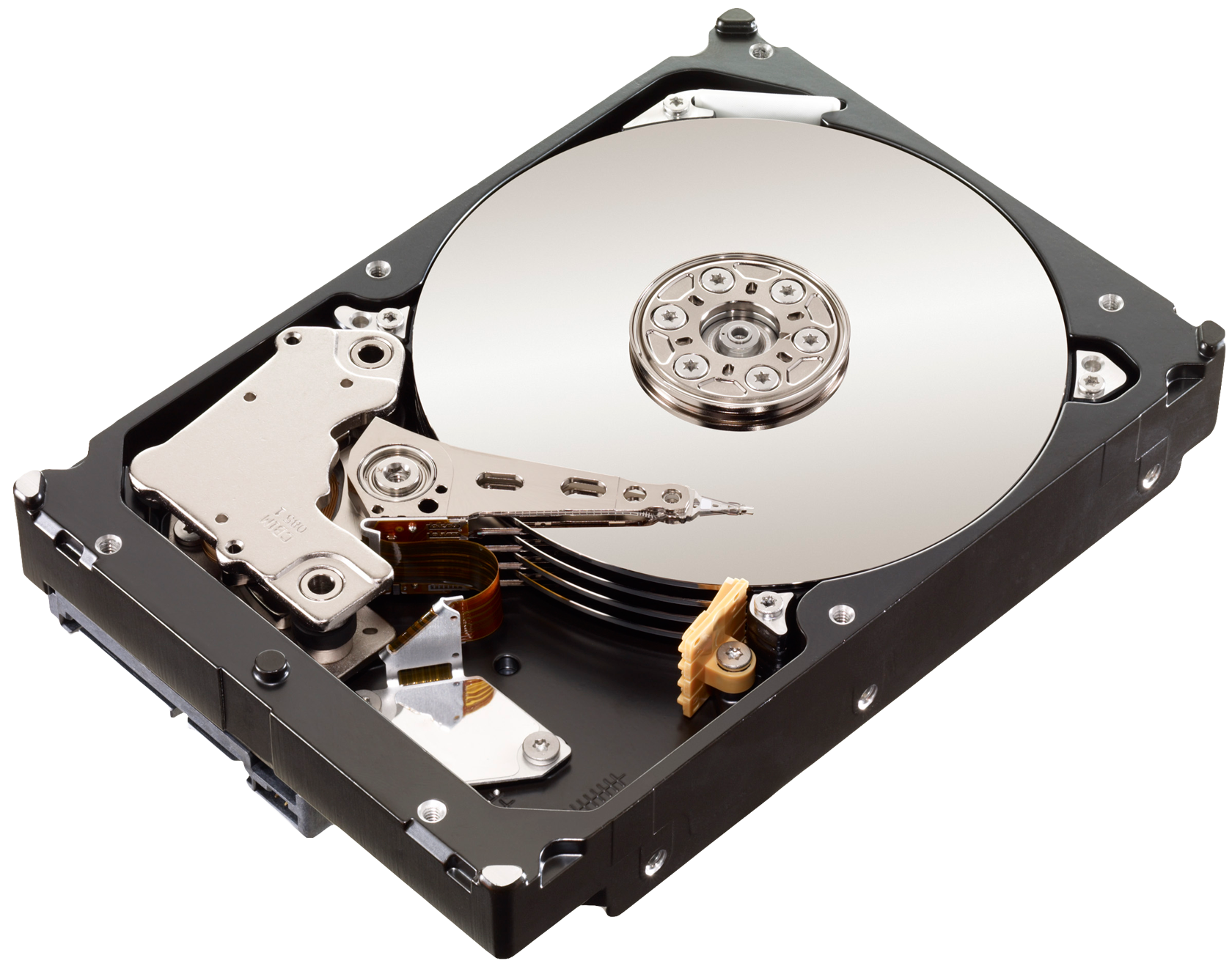Hard Drive Interfaces: SATA, PCIe, and More
Discover the diverse world of hard drive interfaces and navigate through the complexities of SATA, PCIe, and beyond.
Introduction to Hard Drive Interfaces
Hard drive interfaces are the pathways through which data travels between your storage devices and your computer. Understanding the different types of interfaces is crucial when choosing the right storage solution for your needs.
SATA (Serial ATA)
SATA, or Serial ATA, is one of the most common interfaces used for connecting hard drives and SSDs. Known for its simplicity and widespread compatibility, SATA is suitable for various applications, from traditional HDDs to modern SSDs. Advantages of SATA include ease of use, cost-effectiveness, and compatibility with older hardware. However, its limitation in data transfer speeds has led to the emergence of more advanced interfaces for high-performance storage solutions.
PCIe (Peripheral Component Interconnect Express)
PCIe, or Peripheral Component Interconnect Express, represents a significant leap in terms of data transfer speeds. Commonly found in modern computers, PCIe interfaces offer faster performance, making them ideal for high-end SSDs and other storage devices. The key advantages of PCIe include higher data transfer rates, reduced latency, and enhanced scalability. This makes PCIe a preferred choice for users seeking maximum performance, especially in gaming rigs and professional workstations.
Considerations When Choosing an Interface
When deciding between SATA and PCIe, several factors come into play:
- Performance Requirements: If you demand high-speed data transfer, PCIe is often the better choice.
- Compatibility: Ensure that your motherboard and storage device support the chosen interface.
- Cost: SATA drives are generally more budget-friendly, while PCIe drives can be pricier but offer superior performance.
- Future Upgrades: Consider the longevity and future compatibility of the chosen interface for upcoming hardware advancements.
Conclusion
In the realm of hard drive interfaces, the choice between SATA and PCIe depends on your specific needs and priorities. Whether you prioritize cost-effectiveness and broad compatibility or crave top-tier performance, understanding these interfaces empowers you to make informed decisions when expanding your storage capabilities.


